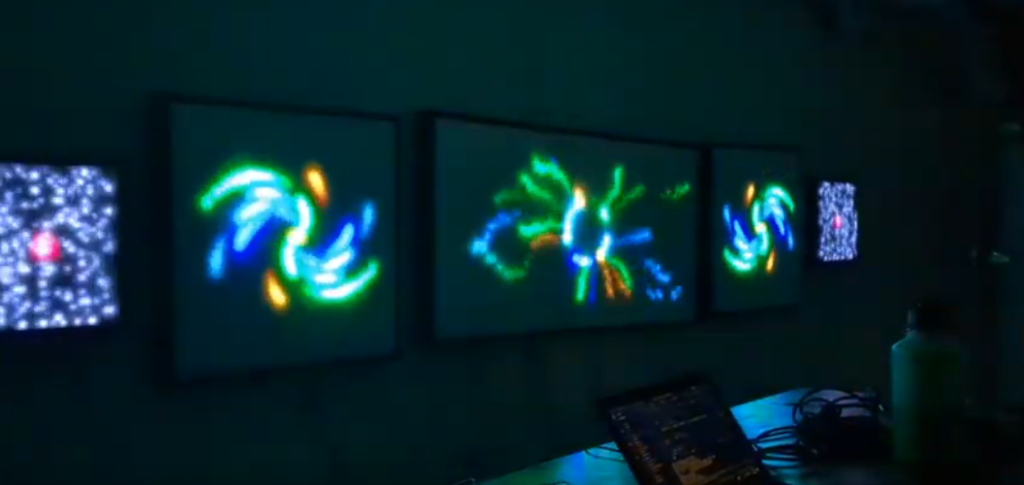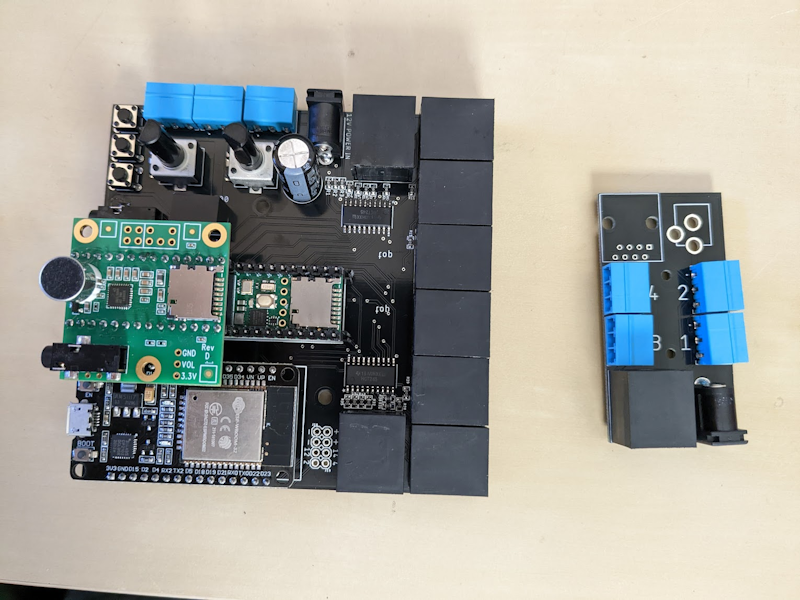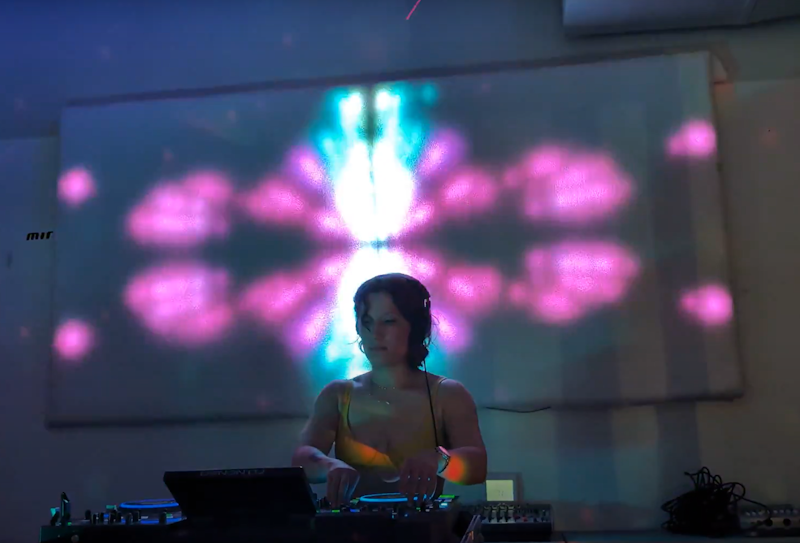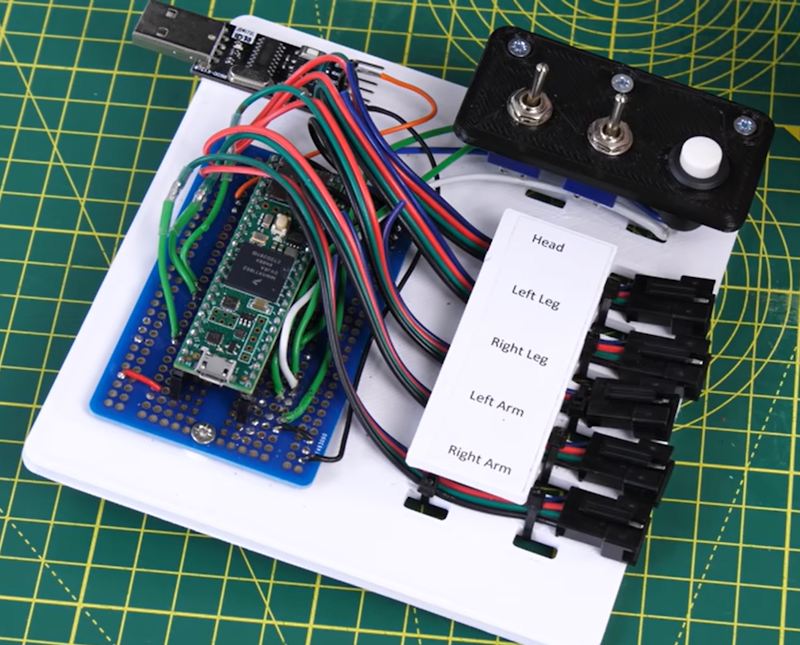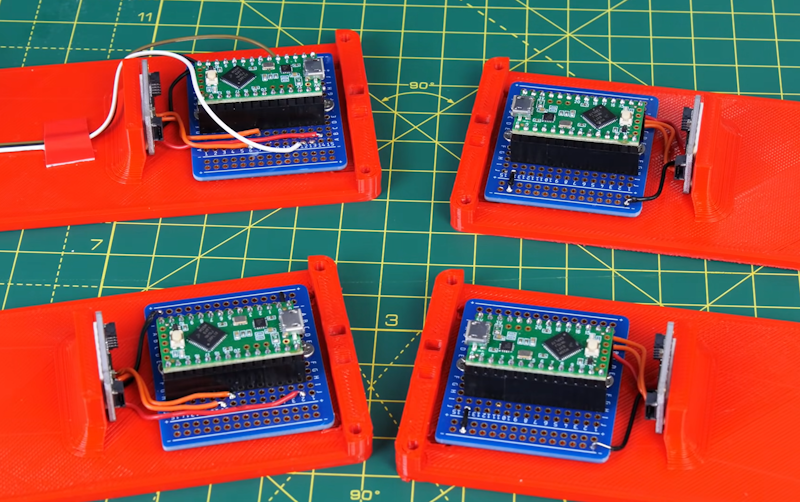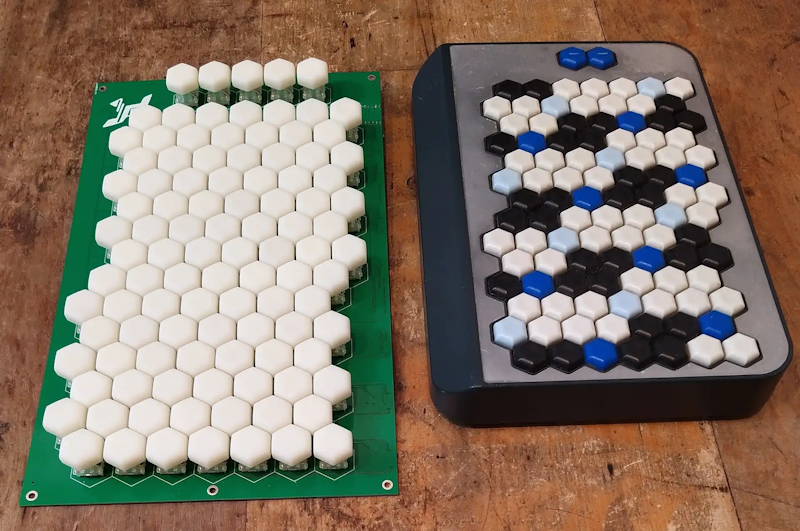Various makers have created “working” Transformers over the years, but most of them can’t be ridden in since they’re full of … robot.

YouTuber James Bruton, who we’ve featured on the blog before, solved this problem by creating a Transformer that you can ride on, like a Power Wheels car. He chose a Teensy 4.1 to power his transforming Power Wheels.
The Teensy controls not only the motors and servos involved in transforming into ambulatory form, but also the fancy blue LEDs that give the futuristic police cruiser-inspired-rig a little extra flair. “Hoverboard” wheels provide propulsion in car mode. Code and CAD files are available on GitHub and as always, a fantastic video explaining how the entire project came together is available on YouTube.
